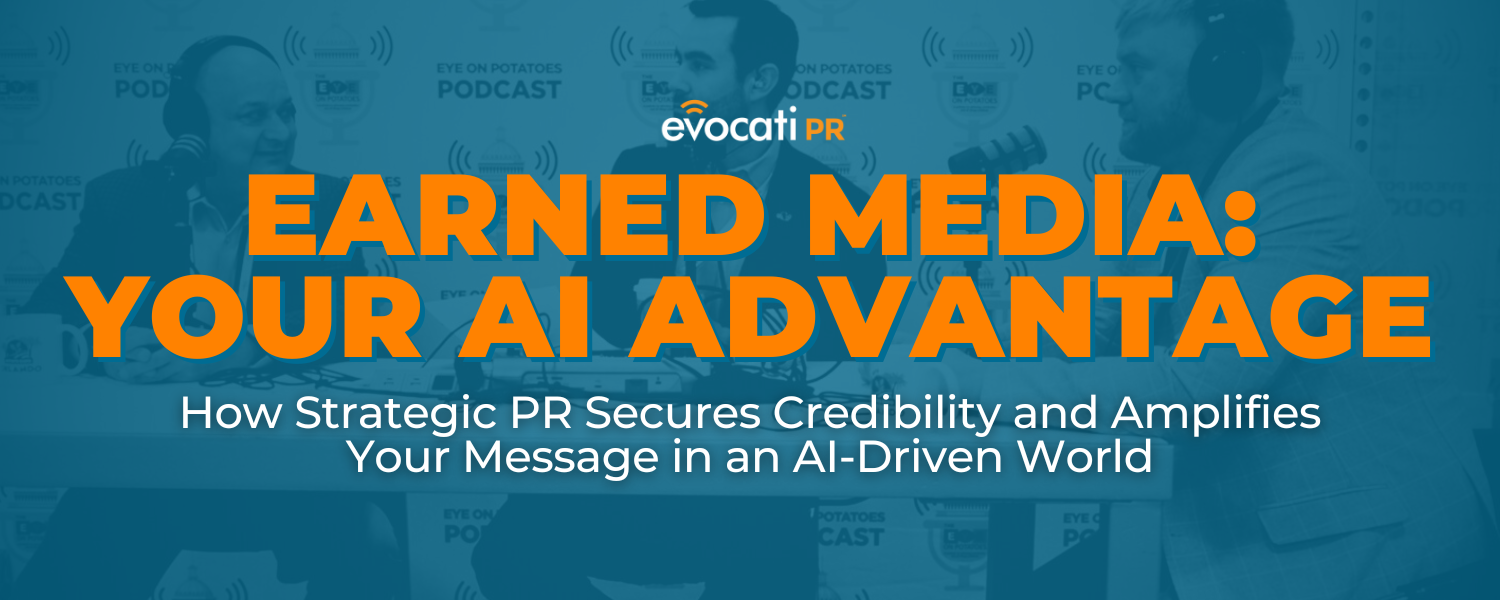4 Red Flags That Will Send Your Pitch to the Trash Bin
The Four Most Costly and Common Pitching Errors that Media Loathe
Why You Should Care
When pitching to a journalist, it’s all too easy to make mistakes that could send your pitch to the void. Pitching is tricky; pitching is an art. This isn't something an AI can do. But with our rundown of the four most common red flags, you can understand the pitfalls to avoid when crafting and sending a pitch.
Effective PR involves more than writing than sending an email; research, organization, and attention to detail are some aspects worth considering when crafting pitches. But beware of these four red flags before hitting that send button.
Not Personalizing the Pitch
Personalizing your pitch is key to getting your story covered by the right media outlet and reaching your target audience. When you take the time to research the journalist and their beat, you can tailor your pitch to fit their interests and topics. Remember, journalists receive hundreds of pitches a day. To stand out, you need to be intentional and thoughtful. Begin by familiarizing yourself with the journalist's work and beat. Include a personalized introductory sentence that shows you have done your research. Explain why their audience would be interested in your story. A personalized pitch will grab attention and increase the likelihood of coverage. Try starting your pitch with something like, "I enjoyed what you recently wrote about Congress helping American growers sell more goods overseas. I believe your readers would be interested in knowing more about …”
Being Too Long-Winded
Source: Giphy (2023)
Time is a precious commodity. Journalists are inundated with emails, making it important to keep your messages concise. A lengthy email runs the risk of being overlooked and deleted. According to Muck Rack, journalists prefer a pitch that's less than 300 words and want 100 - 200 words if possible. They analyzed thousands of pitches in 2022 and the median word count was only 189. Concise emails make it easier for the recipient to gather the information they need quickly and efficiently while showing that you value their time. The next time you hit "send," take a moment to consider if your email is succinct. Only send longer pitches if, and when, you already have an established relationship with the reporter.
Poor Formatting
Incorrect formatting, such as cluttered text and disorganized paragraphs, can lead to misunderstandings or impede your message from being received entirely. It's also a problem if you send pitches by mass email. When crafting a pitch, it's crucial to create a professional format that optimizes readability. Proper formatting not only demonstrates professionalism but indicates attention to detail. A poorly formatted email can leave a negative impression and harm a relationship, especially in a professional setting. Emojis are fine for blogs (just look at us), but probably leave them out of your pitch.
Making it All About You
Source: Giphy (2023)
The final red flag is placing yourself as the star of the show and failing to recognize the needs and interests of the journalist. However, to thrive in this game, it's vital to shift the focus away from yourself and onto the journalist. Create a win-win scenario—Tailor your pitch to their audience and explain how your story will benefit their readers. Show you have an understanding of their beat and style to further convey that you know this story can help them too. By doing so, you will increase your chances of earning their coverage. Once they agree, then it's okay to bring your story to the table as the subject matter.
And One More Thing
Lastly, have a call to action. Whether it’s offering images or video to help illustrate the story, setting up an interview with a company exec or someone local, or offering an exclusive, tell them you’re looking forward to hearing from them at their earliest convenience.
As you work on your pitch, remember that personalization is key, length is important, proper formatting matters, following up is essential, and thinking of the journalist first creates a lasting impact. Avoid these four red flags to garner media attention for your business or employer more effectively.







